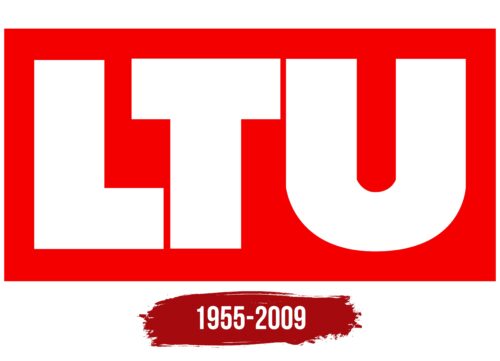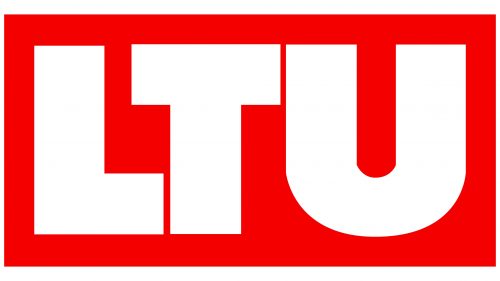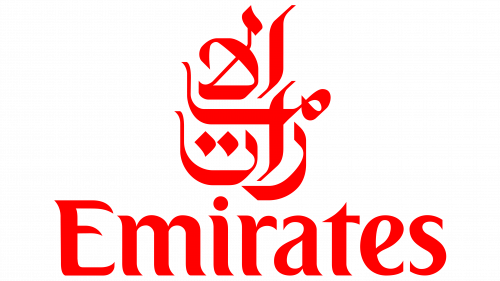The LTU International logo is full of optimism and energy. It emphasizes VIP service. The company is ready to offer new destinations and optimize existing ones, making it an undeniable leader in tourist transportation.
LTU International: Brand overview
LTU International, originally known as Lufttransport-Unternehmen, has a rich history as a German airline specializing in charter and leisure flights. Kurt Conradi established The company on October 20, 1955, in Düsseldorf. In 1956, the brand began its operations, utilizing Vickers Viking aircraft for its charter services.
Throughout the 1960s, the aviation firm expanded its fleet and routes significantly. The addition of Lockheed L-1049 Super Constellation and Vickers Viscount planes allowed the airline to serve popular Mediterranean holiday destinations, enhancing its reputation as a premier leisure carrier.
The 1970s marked the company’s entry into the jet age when it acquired Sud Aviation Caravelle jets. This move enabled the airline to expand its route network and increase passenger capacity, paving the way for more efficient and widespread services.
In the 1980s, the air operator continued its growth trajectory by modernizing its fleet with wide-body Lockheed L-1011 TriStar aircraft. This expansion allowed the aviation company to operate long-haul flights, including routes to the USA and the Caribbean, significantly broadening its international presence.
The brand underwent a significant transformation in 1989, changing its name to LTU International Airways to reflect its growing international operations. The 1990s saw further expansion and modernization with the introduction of Airbus A320 and A330 aircraft into its fleet.
In 2000, the company acquired the regional German airline Reise und Industrieflug (RFG), further strengthening its domestic market position. However, September 11, 2001, brought significant financial challenges to the airline industry, and the air operator was not immune to these difficulties.
In March 2007, Air Berlin acquired the aviation firm, initiating a process of integration between the two airlines. The period from 2008 to 2009 saw the company gradually merging into Air Berlin’s operations. By the end of 2009, the brand was completely phased out, and all operations were conducted under the Air Berlin brand.
Meaning and History
What is LTU International?
This German charter airline, based in Düsseldorf, specializes in tourist transport. The company operated a fleet of wide-body aircraft, including Airbus A330 and Boeing 767, allowing it to perform long-haul flights to popular resort destinations. It was known for its Premium Economy program, offering enhanced comfort at an affordable price.
1955 – 2009
This airline’s logo conveys reliability and confidence through a robust design. The logo uses textual elements transformed into graphic elements, focusing on the powerful acronym “LTU,” derived from the initials of the German term Luft Transport Unternehmen. The letters are uppercase and blocky, with a massive appearance devoid of intricate details, giving them a cast-iron look. The left side of the letter “T” extends above the lower half of the letter “L.” The glyphs are white, set against a red background, enhancing visibility.
The red background signifies urgency and importance, highlighting the airline’s commitment to dependable service. The block-style capital letters reinforce the logo’s strength, emphasizing the company’s foundational nature. The intersection of “T” and “L” suggests a comprehensive approach to service delivery. The visual elements align with the concept of reliability and solidity.
The logo design incorporates the acronym “LTU” prominently, ensuring immediate recognition. The blocky, uppercase letters convey a sense of durability and steadfastness. The white color of the glyphs against the red background creates a striking contrast, making the logo stand out. The cast-iron look of the letters adds a touch of industrial strength, which is fitting for an airline known for its reliability.





